Professor Bottasso on Wind Energy
When we came into the Wind Energy Institute, Professor Bottasso first offered us an excellent coffee from the chair‘s coffee machine. He then lead us into his office which is full of miniature wind turbines and models as well as an impressive photograph of a wind park. Sitting down, we started talking about his career in wind energy and the research and teaching of the Wind Energy Institute.
Reisswolf: How did you become interested in Wind Energy?
Professor Bottasso: I am an aerospace engineer, I graduated with a masters at the Politecnico di Milano in Italy and did a PhD there. I was doing modelling and simulation of helicopters, did a post doc in the USA and started my career. Until 2000 I worked on helicopters as a professor in flight mechanics with some of the biggest helicopter companies worldwide.
Helicopter blades are quite similar to wind rotors. Luckily one of my former students started working for a small company in Italy and was doing simulations of wind turbines with fairly simple tools. They came to me and asked me if they could use my helicopter tools for their work. We had to make certain changes, but it became my first little project in wind energy. Naïve as I was at the time, I thought that coming from helicopters, with their advanced technology, we would be very well positioned to have a large impact on the field of the apparently less mature wind energy. But I soon learned that in wind energy there are some very specific and difficult problems, and that the knowledge only transfers to some degree. So, in the end I had to learn a lot to really get into the topic, but I became fascinated with it.
How did you become a Professor at TUM?
We were working on flight mechanics, helicopters and wind in Milano. We were lucky and got some nice contracts with big companies like Vestas and got some visibility. At some point, TUM asked me if I was interested in applying for the creation of an institute devoted exclusively to wind energy; I did apply and they hired me. So it was both chance and passion. A lot has been changing over the last 20 years. Wind energy is becoming a very important component of the energy transition, so we also feel like we’re doing something useful. We try to teach as well as we can and to motivate students, explain why we study certain things and not just show equations.
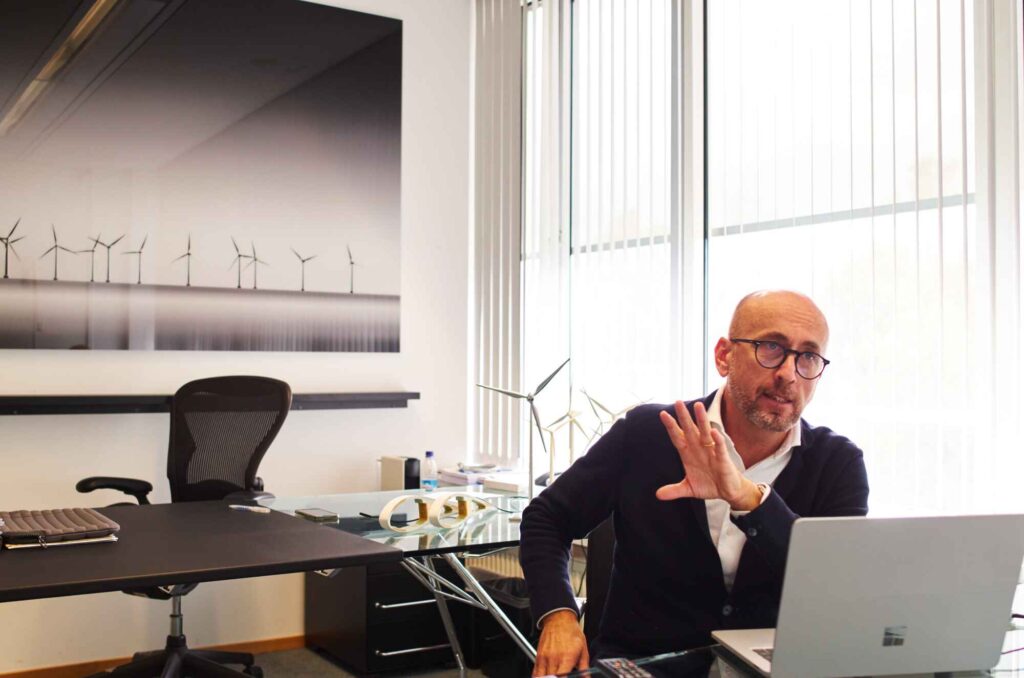
You do research on control strategies for wind turbines. How big is the impact of these control mechanisms compared to the individual design of the turbines?
It can be very important. In general we are dealing with two topics: the control of the turbine and the control of the farm. A farm isn’t simply a collection of individual machines, they interact with each other. There is this great photo where the weather conditions allow us to see the flow in an offshore wind plant. Those that appear to be cloud formations are called “wakes”, which are areas with low speed and high turbulence, because the turbines take away some of the wind’s energy. As a consequence, a turbine operating in the wake of an upstream turbine will produce less power and will experience higher loads than a turbine operating in “clean” conditions. So you have couplings among turbines in a wind farm, and get two control problems: controlling the wind turbine itself and controlling the turbines together, so that your wind plant can be operated in the best possible way.
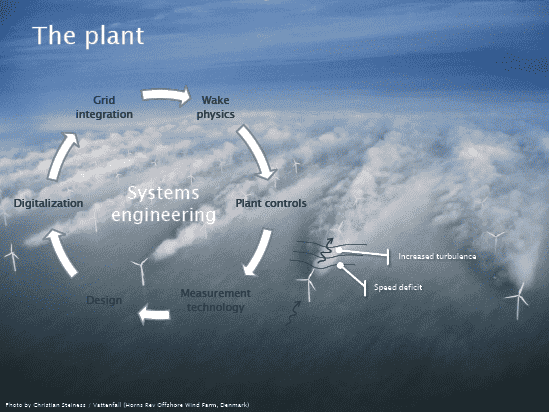
What do you focus on?
In the past we did work at the turbine control level. I think something that people don’t appreciate that much is that wind turbines are robotic machines: they operate completely autonomously without any supervision in a dynamic environment – the wind is changing all the time. They have to react to these conditions completely autonomously.
When you control a turbine, you try to maximise power capture, but also to mitigate loads. There are two kinds of loads. The first one is ultimate loads, the kind of load that could break the structure. The other one is fatigue loading, the repetitive application of small loads that by themselves would not break the structure but – accumulating damage over time – they finally will. Both loads are important and are typically mitigated by controlling the turbines. Especially fatigue loads are very important because these machines are designed to last 20-25 years. In 25 years they accumulate hundreds of millions of cycles! There is no civil structure that takes so much loading over time in such a dynamic environment.
Now turbine control technology has matured and it is becoming a bit more difficult than in the past to collaborate with companies on this topic. The turbine control software is typically one of their core technologies, and clearly they are very protective of it.
Today much of the research in controls is at the farm level, which is less mature and there is more room for innovation and discovery. We are involved in several projects on farm controls, where we use both simulations and wind tunnel experiments. We were also involved in field testing on real wind plants. It’s a really fascinating and new technology, there is still a lot to invent here.
You get a good indication of what is hot by looking at European funding calls. They have specific themes and you have to answer by addressing the particular question. The recent calls here are mostly on either offshore or wind farm control, not wind turbine control.
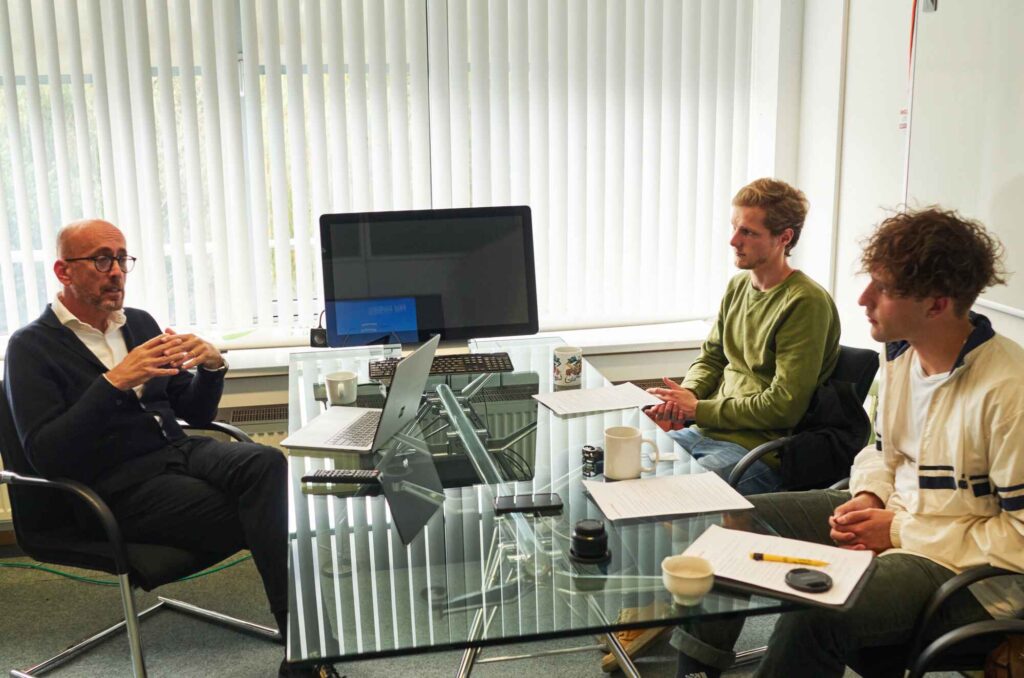
There are several research focuses at your chair. Is control strategies the biggest one?
Difficult to say, I think everything is connected. We try to bring all the topics together as much as we can because in reality they all play a role.
It is a very multidisciplinary topic: even if you work on controls, you cannot forget loads, structures or elasticity because whatever you do, you typically have to pay a price. If you want to boost power production some turbines will probably be stressed more – affecting their lifetime –, so maybe you have to redesign some components. You have to bring everything together and cannot neglect anything. Wind energy technology is an exercise in finding trade-offs. You need to look at many different aspects: land use, impact on the environment, logistics, the roads you can use to access the place, the best layout to maximise power production, the cost of connections between the turbines and to the grid, etc. etc. You need to factor everything in. I think this topic is fascinating and I try to explain it to my students as much as I can. It is not a single discipline where you look at one equation and have one single solution.
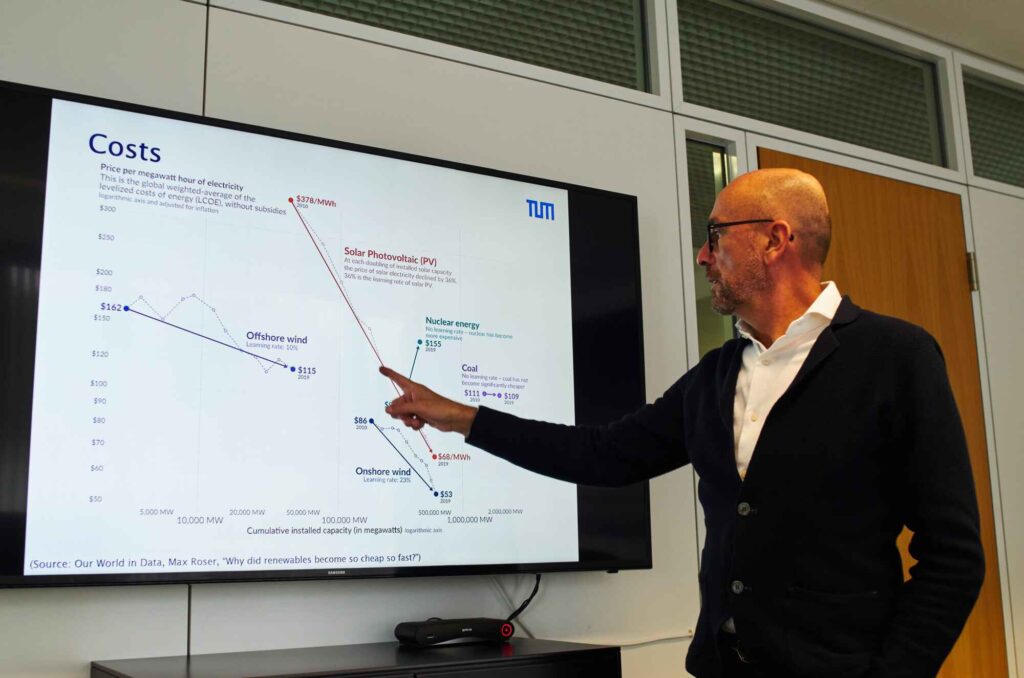
Does your research have a noticeable impact on wind farms or plants? Are companies listening to your advice?
Some things you have to first demonstrate, before they can become a product. You do a first proof of concept of your idea in a simulation environment, then can you do wind tunnel testing and finally you do field testing. So in general it takes time for a new technology to arrive at the point where industry can take it and turn it into a product. We try to have both long term projects through European and federal German funding, and, when possible, we also try to get direct funding from companies. In all cases -EU, German or private funding- companies are involved and they play a fundamental role, because they tell us the real roadblocks that need to be removed.
You mentioned factors like the environmental impact of wind turbines. A really relevant issue is the non-recyclability of nowadays wind turbines. How can we address this problem? There are concepts of wooden wind turbines, is this a promising solution?
There is a lot of work at many levels to find solutions to this problem. Yes, wood is one alternative material for the current steel or steel/concrete hybrid towers. Steel is recyclable, but its production generates a lot of CO2 emissions. Wood is a possible solution. But you have to prove this technology. I think it will not be a solution for all turbines, but probably for small onshore turbines. For a turbine in the middle of the north sea it is not that convincing.
Another aspect is the blades, which are made out of composite materials, a combination of fiber glass and resin. You cannot separate the matrix from the fiberglass for recycling, so they are mostly landfilled or incinerated. There are solutions called thermoplastics, a material that can be remelted to separate the fiberglass from the resin, and so on. But you have to look at many aspects like cost, availability, mechanical properties, robustness to environmental conditions. You also have to look at the manufacturing and recycling processes and the materials you get from the recycling procedures. These are degraded materials which cannot be used for new blades and have to be reused for other purposes. All these aspects have to be considered to find a viable solution.
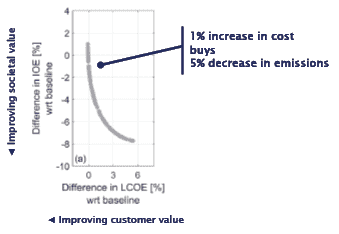
At our chair we are very interested on the mitigation of impacts from wind energy, and we believe that technology and innovation can play a huge role. Today’s designs are essentially driven by the cost of energy. This has successfully reduced the electricity production costs from wind by 70 % in the last 10 years. However, we now must look beyond purely cost-driven metrics. For example, we started to look at the impact in terms of greenhouse gas emissions. During the lifetime of a turbine, emissions do occur – from the materials, manufacturing blades and tower, installing the turbine, maintenance, decommissioning and so on. The lifetime emissions can be assessed and won’t be zero. So the question is: how much would the cost of electricity from wind change if we wanted to reduce the greenhouse gas emissions? The answer is extremely interesting, and can be visualized as a Pareto front of solutions that expresses a pretty obvious thing: cost of energy and emissions pull in opposite directions, we can decrease emissions but the cost of energy will be higher and, vice versa, we can decrease the cost but emissions will grow. However, the really intriguing point is that the curve is very steep close to the minimum cost. This tells us that if we accept a small increase in cost of energy, say 1%, this will bring us a much higher reduction in its impact, 5% according to the example of the figure. This shows that, even if the blades are not recyclable today and the production of the tower generates emissions, there is still a way to design turbines using the current technology that can benefit society, and this would require only a modest price out of our pockets. In short, it pays off to be altruistic!
Do you believe that there are societal factors that hinder the change towards just renewable energy? Here in Bavaria there are always debates about more wind turbines. In the end, many are in favor, but do not want them next to their house.
Whatever we do as humans, we will leave an impact. Wind energy is no exception to this general rule, and also generates impacts. Technology can help mitigate them, but we will never be able to design an impactless, invisible turbine. In my opinion the answer also has to involve the usage of the right places to minimize impacts. But especially onshore you will be close to the population. We need a process involving in the discussion the people that live there. You cannot bypass them. But we also have to accept that there won’t be a perfect solution.
In my opinion, a big improvement will come from the further development of offshore technology. There are incredible opportunities for offshore plants. When you go far away from the cost, impacts are reduced.
If you want to fully use that potential, you need to have floating wind parks: the turbine is installed on a floater and moored to the seabed so that it stays in place. There is a lot of research going on on this topic worldwide, and also significant funding available.
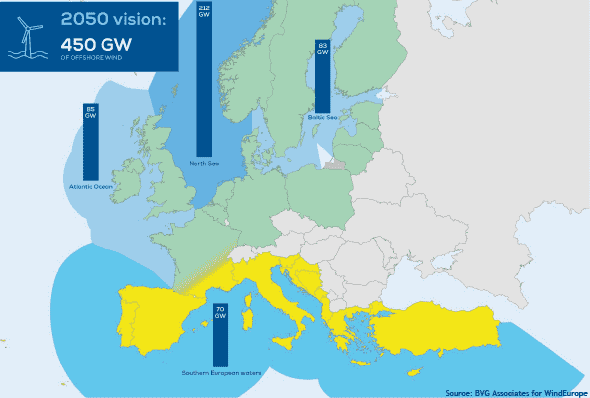
So we will see a development towards offshore turbines. But could we expect that there will be some completely new wind turbine concepts in the future, like power kites?
There is a clear path for the improvement of the so-called Danish configuration: the horizontal-axis three-bladed variable-speed technology, started in the 70s. It has been maturing and established an complete ecosystem around it, from the manufacturing of the components to the logistics. Offshore has also been growing and now has a large ecosystem around it. With a completely new technology, it is more difficult to predict the risks and we don’t have any ecosystem around for the production, maintenance and operation. Therefore, it will not be easy for new technologies to displace the current wind turbine concept. I mainly see further maturation of the current technology, improving the turbines and support structures like floaters. The situation with floaters is less established, as the technology is not yet completely mature: there are several different kinds of floater concepts, and every company has a different proposal. We are not sure yet which solutions will emerge as the winners.
Kites and vertical axis wind turbines might have some niche applications. There are definitely some benefits in each different concept. Kites for example are very interesting because of their potentially smaller impact than conventional turbines: they don’t have a steel tower and this saves a lot of emissions. For floating wind turbines, the vertical axis configuration is interesting. Vertical axis turbines have the heavy generator at the bottom. Their low center of gravity brings some advantages for floating turbines. However, each of these concepts has also some unique disadvantages. I’m skeptical that these technologies will eventually completely replace the existing systems.
In which areas is the most research necessary in order to get the most out of the technology?
That’s a very good question. A few years back, we published a paper in Science with some colleagues, where we tried to flesh out the key scientific aspects. We identified three grand challenges:
The first is understanding the fuel – the wind, which is a really complex problem. Characterizing a site takes time and money, but it is a crucial step to be able to predict the profitability of a project. Additionally, we not only need to understand what are the conditions today, but we would like to know how they might evolve in the future, for example because of climate change, which is still very challenging. The flow inside a wind park is even more complex. Another problem is forecasting the wind at specific times, which is important for the energy grid. These are areas where we can certainly improve.
The second is the turbine, which is not just materials, structure or aerodynamics, but everything together. The biggest turbines have a diameter of more than 200m, longer than three Airbus 380. They have to work autonomously in the sea for 25 years with minimum maintenance and maximum availability, typically 97-98% of the time – incredible!
The last one is the plant, which is not just a collection of turbines but a system that has not only to deliver power, but also to provide services to the rest of the grid. Sometimes, we need to be able to produce a certain amount of power as requested by the grid operator. With gas, this is easy: you just turn the knob. With wind, you have a variable input which is not fully known. You also have to be able to respond if another power plant temporarily falls out of line. As the penetration of wind into the energy grid increases, these services become more important, and they create new challenges to the way wind plants are designed and operated.
One idea is to produce hydrogen at the offshore wind park, and then transport it to the shore. Seeing the challenges that come with a grid connection, what do you think about this solution?
That depends on the distance to shore, at least today. For shorter distances, a direct connection is still the best option. For farther away plants, hydrogen pipelines or transport vessels can be better. You will need the hydrogen infrastructure, but it is coming. The system is changing a lot and many new technologies need to be integrated.
Is there a lot of potential for more wind energy around Bavaria or is it better to produce the big share in the north of Germany?
Of course it would be best if we could build it all offshore in the sea. But today this is not possible. So in practice, we probably have to play our part – which doesn’t mean we have to cover Bayern with wind turbines. Wind conditions are not exceptional in this part of Europe. The area around Milano – where I have lived the most of my life – is one of the regions with the least wind in Europe. In Bayern, it is not so bad, but certainly not fantastic either.
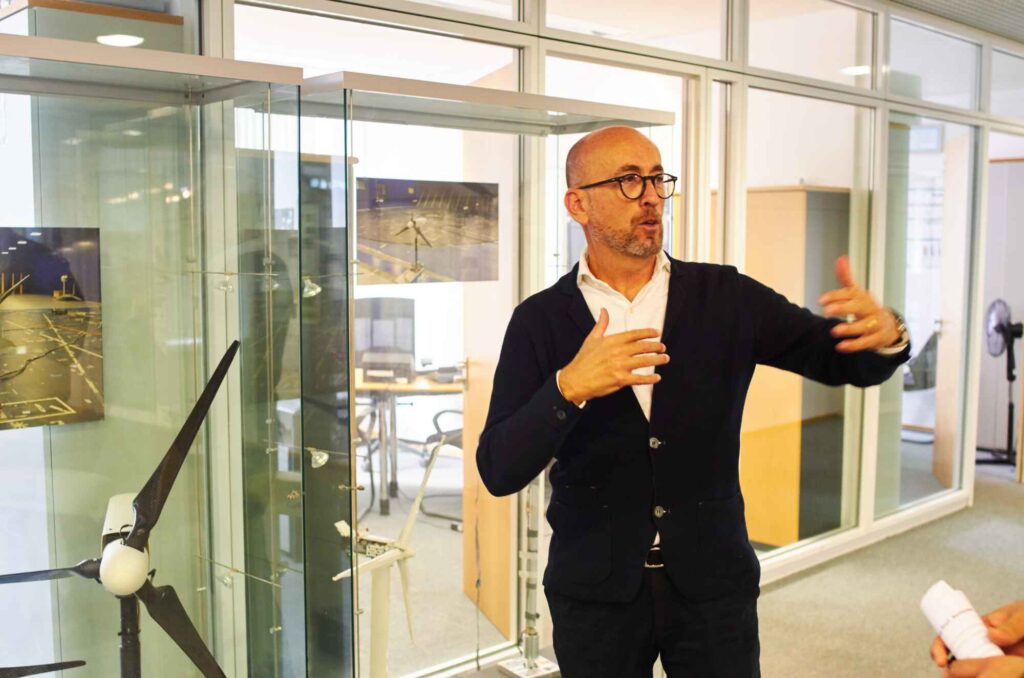
What do you think about a research wind turbine near the Campus in Garching?
Some years ago, the company Ostwind planned to install two wind turbines near Garching. I understand that their plan was to use latest generation Siemens Gamesa wind turbines, especially designed for low wind speeds.
I think it would be a fantastic opportunity for us to have such a wind park close to our campus. In fact, two years ago, together with several TUM colleagues, we submitted a proposal designed around these two turbines to the TUM Innovation Network – which unfortunately was rejected. Maybe it was too early because even today it is not clear if the turbines will ever be built. So maybe we will try to submit it again.
The idea of the project was to use the opportunity offered by these turbines to establish the first and only research centre that focuses on societal and environmental impacts. There are various research centres worldwide for technological aspects, but none that focuses on impacts. For this, Garching is an interesting place: we have crops and wildlife around, people living close by, we could study noise and flickering problems, we could look at ground vibrations, we have an airport close by with its radars. This would be really a fantastic opportunity for some unique studies.
We put together a team with several TUM chairs to look at all these different problems from various points of view. The project was also proposing to start studying the situation before the installation of the wind turbine, to create what is called a “fingerprint”. Then we would analyse the impacts during construction. Finally we would do a long term monitoring of the situation and, by comparing with the fingerprint, we would be able to tell what effects were actually caused by the turbines and what were already present.
So if you ask me if I want the turbines in Garching? Yes, tomorrow! – Well, maybe not tomorrow because of the fingerprinting phase. But, clearly, if the turbines arrive to Garching, we will certainly try to find research funds, because we believe we would be able to do some unique and useful work.
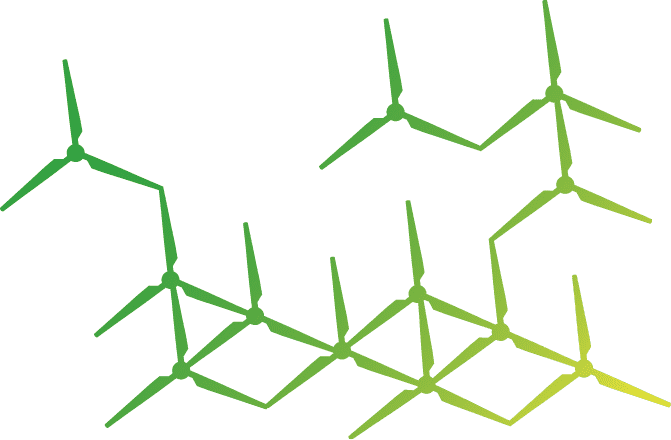
Sounds like a fascinating project! Are you also involved in research centres that focus on the turbines?
If you do testing on the turbines themselves, you need full access to the design. But companies are typically very protective of their intellectual property – for good reason.
To address this problem, we are part of a cluster called WindForS together with other universities in the south of Germany. The consortium received funding from BMWK for around 11 Mio. € to erect two small turbines with a diameter of around 50 m, as well as four meteorological masts and a comprehensive suite of instruments.
They are being erected at a site close to Stuttgart on “complex terrain”: things like forests and hills, even growing crops and the missing leaves in winter can have an effect on wind flow and need to be taken into account. Nearby wind plants can also interfere with the wind flow. This site was especially selected because it presents many of these characteristics.
In this project, we have full access to the detailed design of the turbine component and the software running on their control systems. These turbines will provide plenty of opportunities for interesting studies, hopefully beginning in the second quarter of 2023.
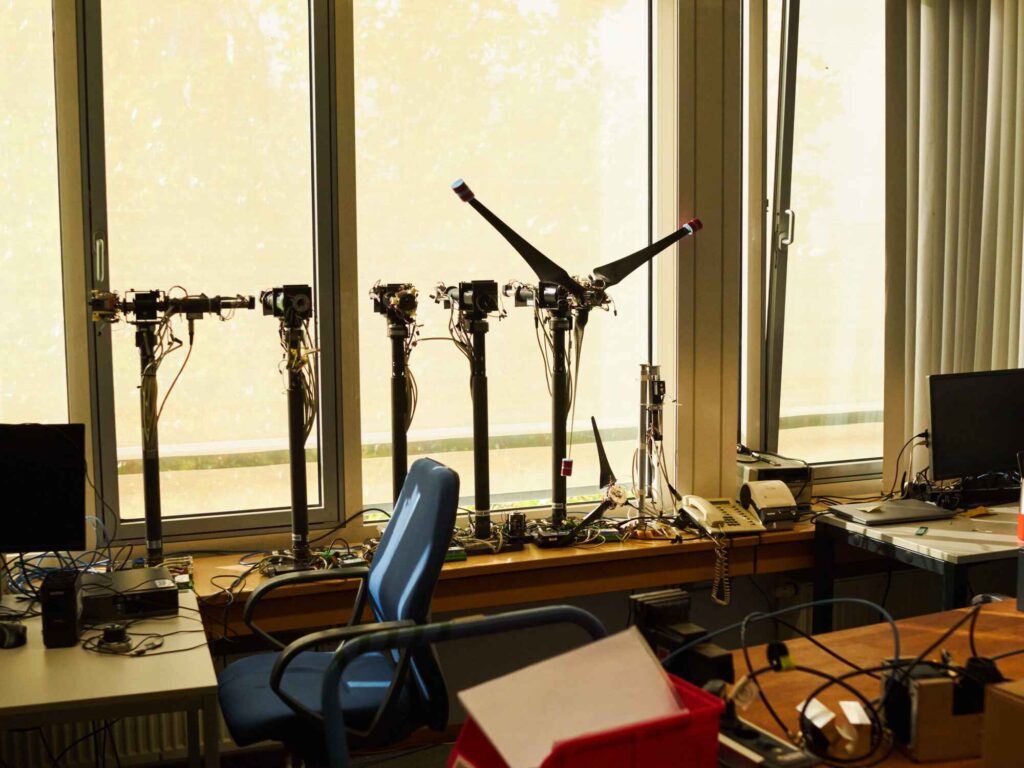
Your chair offers two new courses starting this winter semester. What is their content?
Yes, we have two new courses on wind, thanks to our senior researchers at the chair. The courses we have offered so far were mostly focused on turbine technology. The first new course is on plant design, taking into account wake interactions and all the other complex factors that need to be factored in when planning the layout of a new wind plant. The other course addresses all the aspects that go beyond a new wind project, from the permitting, to the assessment of the environmental impacts, the logistics, etc.
We also offer a Praktikum, where students work in the wind tunnel with our small scale wind turbines, learning how to take measurements and how to interpret the data that they collect.
In addition, we offer two courses on wind energy technology, “Introduction to Wind Energy”, which is aimed at BSc students, and “Modeling, Control and Design of Wind Energy Systems”, which is aimed at MSc students and goes a bit more into the technical details of the technology. Finally, we also offer a general course on aeroelasticity, which is not specific to wind energy, and that presents classical concepts widely applicable to a variety of problems, from flying vehicles to civil structures.
What do you think about a Master’s program focused on renewable energy?
To have a full program on only wind is probably not realistic, we don’t have enough people for that. In general, I also think that students benefit by acquiring a broader set of competences, and a wider exposure to different topics will serve them well in their future careers. With the current offer of courses, possibly with some future additions, we provide them with all the meaningful elements on wind energy technology that they need for a career in wind. At the same time, being embedded in more general Masters programs gives them a wider preparation, which in my experience typically pays off in the long run.
Thank you for your time and the interview.
Thank you for this nice opportunity.
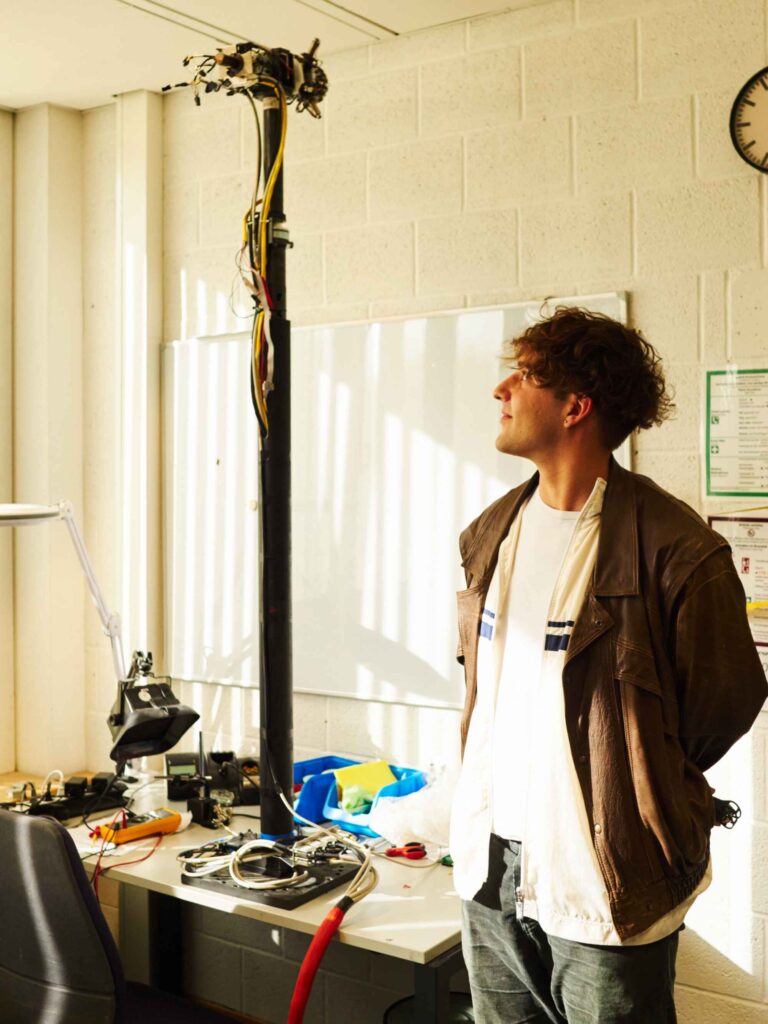

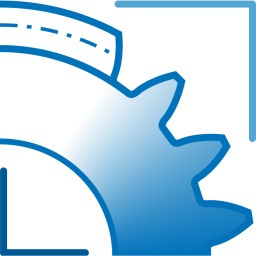

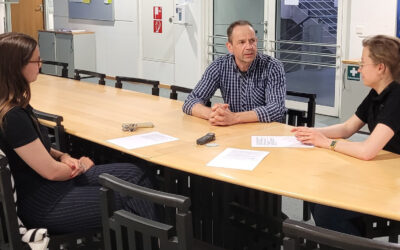
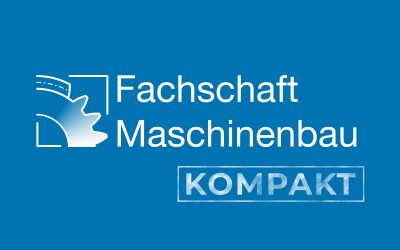
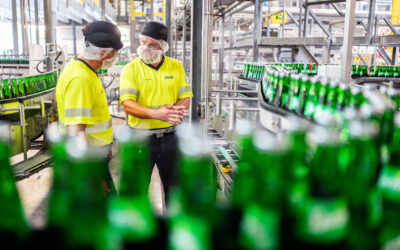
0 Kommentare